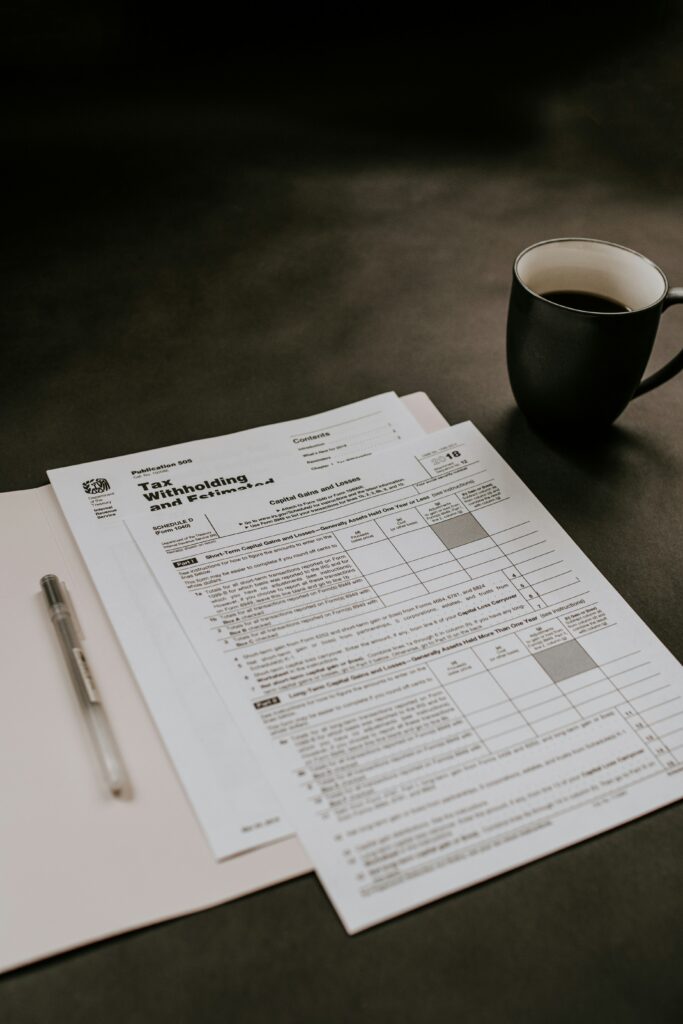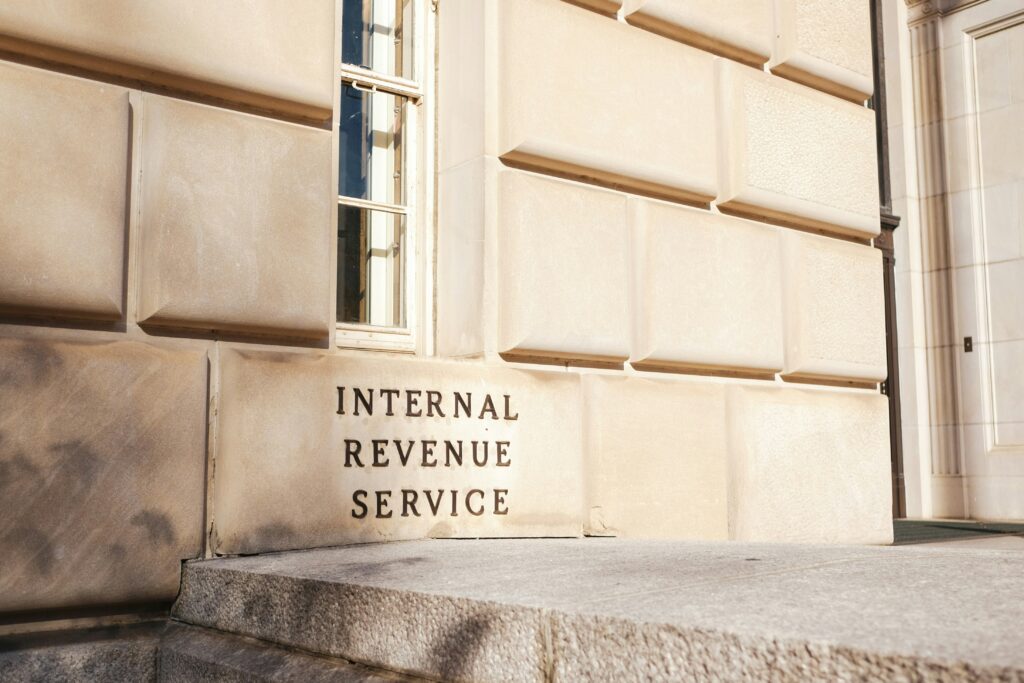What’s the Difference between Cash Inflow and Outflow?
Cash Inflow and Outflow
Are you a business owner with money coming in every month and still making losses? If yes! Then you may need to work on your business’s cash inflow and outflow. Cash flow is a term that refers to the movement of money in and out of a company. It’s essential for any business to keep track of its cash flow to ensure financial stability.
There are two types of cash flow: inflow and outflow.
Cash inflow refers to the money that comes into the business from various sources such as sales, investments, or financing. On the other hand, cash outflow refers to the money that goes out of the business to pay for expenses such as salaries, rent, or inventory.
The cash flow statement is a financial statement that shows a company’s sources and uses of cash over a specific period. It’s a crucial tool for analyzing a company’s financial health.
So let’s get started and learn about the difference between cash inflow and outflow. Also, how it can help you to assess the cash position within your business.
But before moving on that let us first understand what is cash outflow and inflows.
What are Cash Inflow and Outflow?

Cash inflow and outflow are the actual cash or cash equivalents that flow in and out of your business. They are the backbone of your company’s financial standing.
You can receive cash inflows from various sources like sales of products or services, ROI, or through financing.
Cash flow can be positive or negative and it depends on which amount is higher; the cash inflow or cash outflow.
On the other hand, cash outflows are the expenses incurred by your business like paying off debts, operating costs, or other expenses.
Every transaction involving cash inflows and outflows is recorded in the cash flow statement in your financial report.
Difference between Cash Inflow and Cash Outflow
| Cash Inflow | Cash Outflow |
| Customer payments for your goods and services | Money spent on fixed assets ) 2long-term assets) such as property, plant, and equipment. |
| Return on investments such as stocks or bonds. | Salaries you pay to your employees as wages. |
| Interest received on loans you have given to another entity. | Payments made to suppliers for materials or services. |
| Sale of goods and services | Loans taken and interest paid on them |
| Sale of assets (cash you receive from selling any of your assets) | Transport costs (money you spend on transporting goods, materials, or people) |
| Equity financing | Insurance premiums |
| Income from renting out property or equipment. | Taxes you pay to local, state, and federal governments such as sales tax, property tax, and more. |
| Government grants receive from government programs or initiatives. | Dividends paid to shareholders |
What affects Cash Flow?
Cash flow can be affected by various factors.
Common factors that affect cash flow include changes in sales revenue, accounts receivable, accounts payable, inventory levels, and capital expenditures.
If sales revenue decreases or if customers take longer to pay, cash flow can be negatively impacted.
On the other hand, if accounts payable increase or inventory levels decrease, cash flow can be positively impacted.
Capital expenditures, such as investments in new equipment or facilities, can also affect cash flow by requiring significant cash outflows.
In short, managing these factors and maintaining positive cash flow is critical for the financial health and stability of a business.
Why maintaining positive cash inflow is important for your business?
Positive cash inflow are crucial to the financial stability of any business. Cash is the lifeblood of an organization, and understanding how it flows in and out is essential to optimizing daily operations.
Having a positive cash flow enables you to settle debts and pay dividends to investors. It also provides you with extra cash in case of emergency purchases that may be necessary.
While it may take time for new businesses to achieve positive cash flow, it is important to prioritize it.
However, it’s important to keep in mind that taking a loan may result in high cash inflow but will eventually need to be paid off with interest.
Investing a large amount of cash in something like a machine that cuts costs may lead to a temporary negative cash flow, but it can be beneficial in the long run as you’ll eventually get a return on investment.
Therefore, while monitoring your cash flow, it’s essential to consider the activities that have led to it and their impact on the business in the long term.
How cash flows affect the cash flow statement and balance sheet?
The way cash inflows and outflows are presented on the cash flow statement and balance sheet depends on the type of income or expense activity. For example, investing activities are recorded on both financial statements to document the movement of cash and assets in and out of the business.
Short-term Investments
If you buy marketable securities like stocks and bonds, it is a cash outflow that is reported as a “cash or cash equivalent” line on the balance statement. If you sell these assets at a gain, the sale is shown as a cash inflow on the cash flow statement. Since you no longer hold the asset, the value of the asset is deducted from the “cash or cash equivalents” line on the balance statement.
Long-term Investments
Purchases and sales of property, plant, and equipment (PP&E) assets are unique. The purchase of long-term or fixed assets is shown as a cash outflow on the cash flow statement, while depreciation of those assets appears on the income statement and balance sheet. When you sell the asset, it is recorded as a cash inflow on the cash flow statement, and PP&E on the balance sheet is reduced because you no longer have the asset.
Financing
Financing inflows and outflows refer to money moving into or out of the business from external sources, such as equity, venture capital investment, loans, stock sales, dividend payments, and debt payments. Cash inflows from financing activities include proceeds from a financing round, loans, or investment interest. Cash outflows from financing activities include loan payments, stock dividend payments, etc. Interest payments are recorded under operating activities.
How to Calculate and Report Cash Flow
A cash flow statement is divided into three sections, one for each activity type. You record cash inflows as positive amounts (credits) and cash outflows as negative values (debits) in each section. Then, you have your net cash flow for each activity and your business as a whole.
In addition to cash expenses and receipts, the cash flow statement includes credit or debit purchases, changes in the value of current assets (such as depreciation), and dividends.
Alternatively, you can use financial analytics software to visualize your cash inflow and outflow over time.
Using software to perform financial analysis empowers you to generate rolling forecasts and take a more agile approach to your money management because it gives you real-time data.
How to improve cash flow of your business?
In order to enhance your cash flow and grow your business, you must keep a positive cash flow, by keeping your inflow greater than your outflow.
Ways to do this include managing operating expenses and activities, minimizing debts, and making positive reinvestments– all the while keeping thorough documentation of your financial activities.
To better manage cash flow in your business, you should:
- Maintain a positive cash flow by keeping your cash inflow greater than your outflow
- Keep profits high with quality goods and services
- Invest in advertising strategies
- Invest in profitable stocks and companies
- Invest in quality operating services or equipment that will provide better production
- Minimize operating costs
- Keep financial statements that document profits and expenses
Conclusion
In conclusion, understanding the difference between cash inflow and outflow is crucial for any business. It’s like a doctor checking their patient’s vitals before selecting a treatment. CEOs and CFOs who have a clear understanding of their company’s financials can make informed decisions and take appropriate actions. Improving cash inflow and outflow is all about visibility. By tracking your cash flow, you can identify areas of improvement and make adjustments to increase revenue and reduce expenses. This knowledge can make all the difference in securing funding and ultimately succeeding as a business. So, take the time to understand your cash flow and use it to your advantage.










